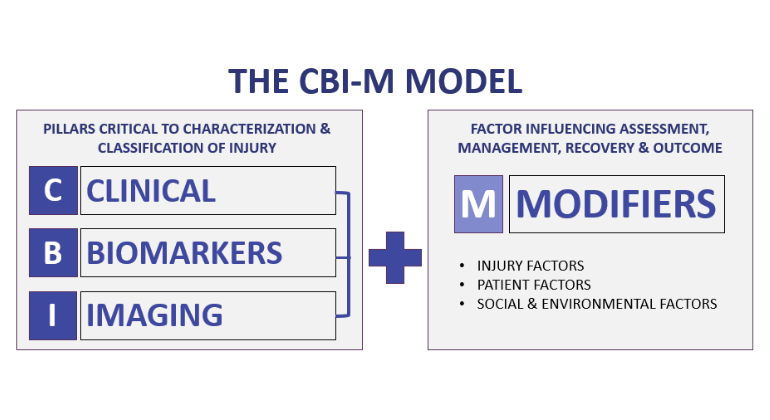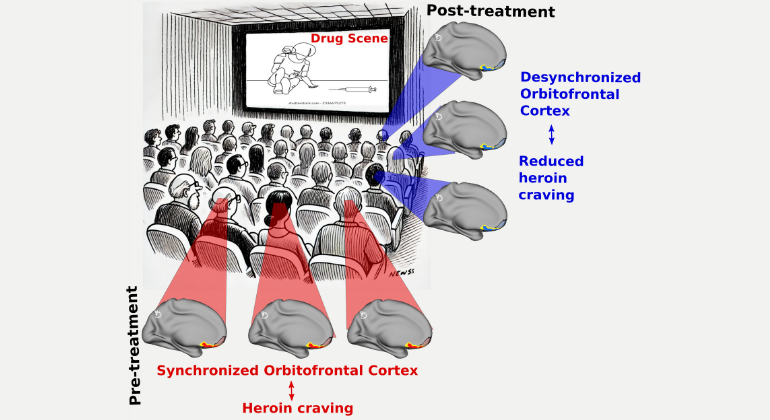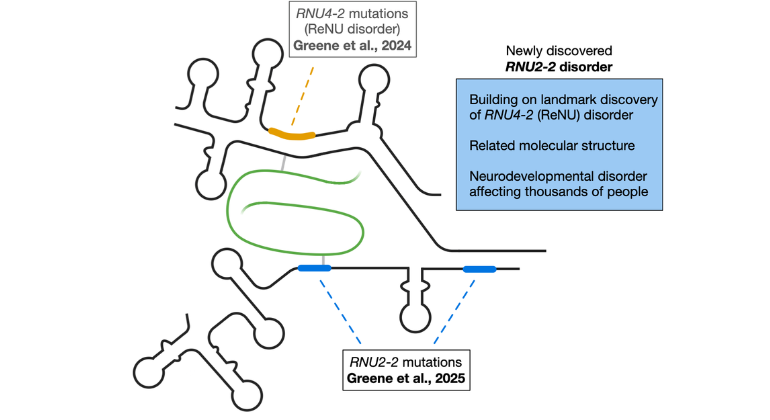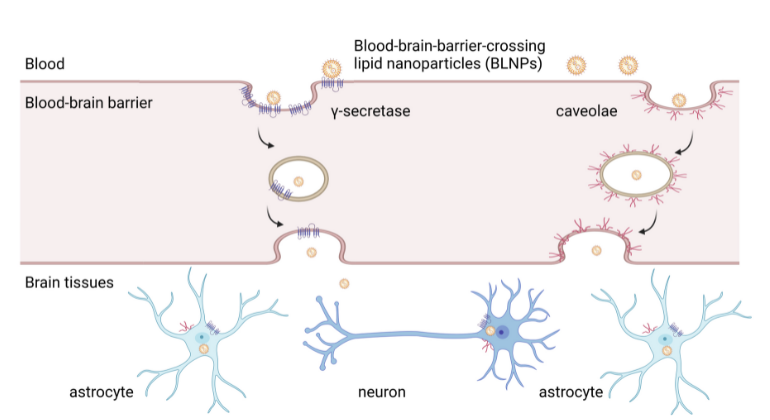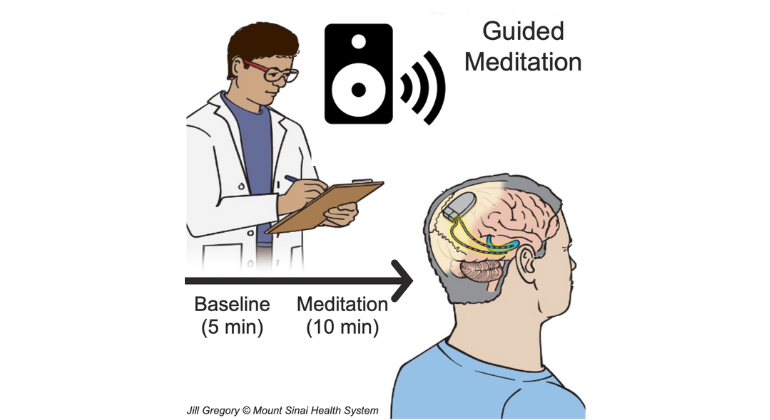Mount Sinai Experts Call for Research on Prevalence of Delayed Neurological Dysfunction After Head Injury
Preventive measures, genetic risks, new diagnostic tools needed to identify effects of traumatic brain injury in athletes, soldiers.
One of the most controversial topics in neurology today is the prevalence of serious permanent brain damage after traumatic brain injury (TBI). Long-term studies and a search for genetic risk factors are required in order to predict an individual's risk for serious permanent brain damage, according to a review article published by Sam Gandy, MD, PhD, from the Icahn School of Medicine at Mount Sinai in a special issue of Nature Reviews Neurology dedicated to TBI.
About one percent of the population in the developed world has experienced TBI, which can cause serious long-term complications such as Alzheimer's disease (AD) or chronic traumatic encephalopathy (CTE), which is marked by neuropsychiatric features such as dementia, Parkinson's disease, depression, and aggression. Patients may be normal for decades after the TBI event before they develop AD or CTE. Although first described in boxers in the 1920s, the association of CTE with battlefield exposure and sports, such as football and hockey, has only recently begun to attract public attention.
"Athletes such as David Duerson and Junior Seau have brought to light the need for preventive measures and early diagnosis of CTE, but it remains highly controversial because hard data are not available that enable prediction of the prevalence, incidence, and individual risk for CTE," said Dr. Gandy, who is Professor of Neurology and Psychiatry and Director of the Center for Cognitive Health at Mount Sinai. "We need much more in the way of hard facts before we can advise the public of the proper level of concern."
Led by Dr. Gandy, the authors evaluated the pathological impact of single-incident TBI, such as that sustained during military combat; and mild, repetitive TBI, as seen in boxers and National Football League (NFL) players to learn what measures need to be taken to identify risk and incidence early and reduce long-term complications.
Mild, repetitive TBI, as is seen in boxers, football players, and occasionally military veterans who suffer multiple blows to the head, is most often associated with CTE, or a condition called "boxer's dementia." Boxing scoring includes a record of knockouts, providing researchers with a starting point in interpreting an athlete's risk. But no such records exist for NFL players or soldiers on the battlefield.
Dr. Gandy and the authors of the Nature Reviews Neurology piece suggest recruiting large cohorts of players and military veterans in multi-center trials, where players and soldiers maintain a TBI diary for the duration of their lives. The researchers also suggest a genome-wide association study to clearly identify risk factors of CTE. "Confirmed biomarkers of risk, diagnostic tools, and long-term trials are needed to fully characterize this disease and develop prevention and treatment strategies," said Dr. Gandy.
Amyloid imaging, which has recently been approved by the U.S. Food and Drug Administration, may be useful as a monitoring tool in TBI, since amyloid plaques are a hallmark symptom of AD-type neurodegeneration. Amyloid imaging consists of a PET scan with an injection of a contrast agent called florbetapir, which binds to amyloid plaque in the brain, allowing researchers to visualize plaque deposits and determine whether the diagnosis is CTE or AD, and monitor progression over time. Tangle imaging is expected to be available soon, complementing amyloid imaging and providing an affirmative diagnosis of CTE. Dr. Gandy and colleagues recently reported the use of amyloid imaging to exclude AD in a retired NFL player with memory problems under their care at Mount Sinai.
Clinical diagnosis and evaluation of mild, repetitive TBI is a challenge, indicating a significant need for new biomarkers to identify damage, report the authors. Measuring cerebrospinal fluid (CSF) may reflect damage done to neurons post-TBI. Previous research has identified a marked increase in CSF biomarkers in boxers when the CSF is taken soon after a fight, and this may predict which boxers are more likely to develop detrimental long-term effects. CSF samples are now only obtained by invasive lumbar puncture; a blood test would be preferable.
"Biomarkers would be a valuable tool both from a research perspective in comparing them before and after injury and from a clinical perspective in terms of diagnostic and prognostic guidance," said Dr. Gandy. "Having the biomarker information will also help us understand the mechanism of disease development, the reasons for its delayed progression, and the pathway toward effective therapeutic interventions."
Currently, there are no treatments for boxer's dementia or CTE, but these diseases are preventable. "With more protective equipment, adjustments in the rules of the game, and overall education among athletes, coaches, and parents, we should be able to offer informed consent to prospective sports players and soldiers. With the right combination of identified genetic risk factor, biomarkers, and better drugs, we should be able to dramatically improve the outcome of TBI and prevent the long-term, devastating effects of CTE," said Dr. Gandy.
Mount Sinai is one of five medical centers in the country selected to be part of the new Neurological Care Program for retired NFL players. The Center for Cognitive Health provides expert care for patients struggling with memory and other cognitive impairments, across a full range of ages and disorders. The Center brings together internationally-recognized neurologists, psychiatrists, neuropsychologists, neuroscientists, and patient care managers as one team, skilled in providing thorough diagnosis, customized treatment, and access to clinical trials.
About The Mount Sinai Medical Center
The Mount Sinai Medical Center encompasses both The Mount Sinai Hospital and Icahn School of Medicine at Mount Sinai. Established in 1968, the Icahn School of Medicine is one of the leading medical schools in the United States, and is noted for innovation in education, biomedical research, clinical care delivery, and local and global community service. It has more than 3,400 faculty in 32 departments and 14 research institutes, and ranks among the top 20 medical schools both in National Institutes of Health (NIH) funding and by U.S. News & World Report.
The Mount Sinai Hospital, founded in 1852, is a 1,171-bed tertiary- and quaternary-care teaching facility and one of the nation's oldest, largest and most-respected voluntary hospitals. In 2012, U.S. News & World Report ranked The Mount Sinai Hospital 14th on its elite Honor Roll of the nation's top hospitals based on reputation, safety, and other patient-care factors. Mount Sinai is one of 12 integrated academic medical centers whose medical school ranks among the top 20 in NIH funding and by U.S. News & World Report and whose hospital is on the U.S. News & World Report Honor Roll. Nearly 60,000 people were treated at Mount Sinai as inpatients last year, and approximately 560,000 outpatient visits took place.
For more information, visit http://www.mountsinai.org.
Find Mount Sinai on:
Facebook: http://www.facebook.com/mountsinainyc
Twitter @mountsinainyc
YouTube: http://www.youtube.com/mountsinainy
# # #
About the Mount Sinai Health System
Mount Sinai Health System is one of the largest academic medical systems in the New York metro area, with 48,000 employees working across seven hospitals, more than 400 outpatient practices, more than 600 research and clinical labs, a school of nursing, and a leading school of medicine and graduate education. Mount Sinai advances health for all people, everywhere, by taking on the most complex health care challenges of our time—discovering and applying new scientific learning and knowledge; developing safer, more effective treatments; educating the next generation of medical leaders and innovators; and supporting local communities by delivering high-quality care to all who need it.
Through the integration of its hospitals, labs, and schools, Mount Sinai offers comprehensive health care solutions from birth through geriatrics, leveraging innovative approaches such as artificial intelligence and informatics while keeping patients’ medical and emotional needs at the center of all treatment. The Health System includes approximately 9,000 primary and specialty care physicians and 10 free-standing joint-venture centers throughout the five boroughs of New York City, Westchester, Long Island, and Florida. Hospitals within the System are consistently ranked by Newsweek’s® “The World’s Best Smart Hospitals, Best in State Hospitals, World Best Hospitals and Best Specialty Hospitals” and by U.S. News & World Report's® “Best Hospitals” and “Best Children’s Hospitals.” The Mount Sinai Hospital is on the U.S. News & World Report® “Best Hospitals” Honor Roll for 2025-2026.
For more information, visit https://www.mountsinai.org or find Mount Sinai on Facebook, Instagram, LinkedIn, X, and YouTube.

The New England Journal of Medicine Shines Spotlight on Forensic Pathology
Jul 03, 2025 View All Press Releases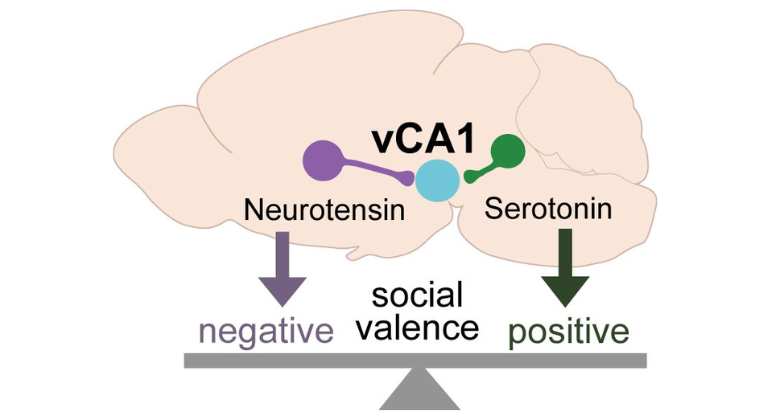
Mechanism by Which the Brain Weighs Positive vs. Negative Social Experience Is Revealed
Apr 30, 2025 View All Press Releases